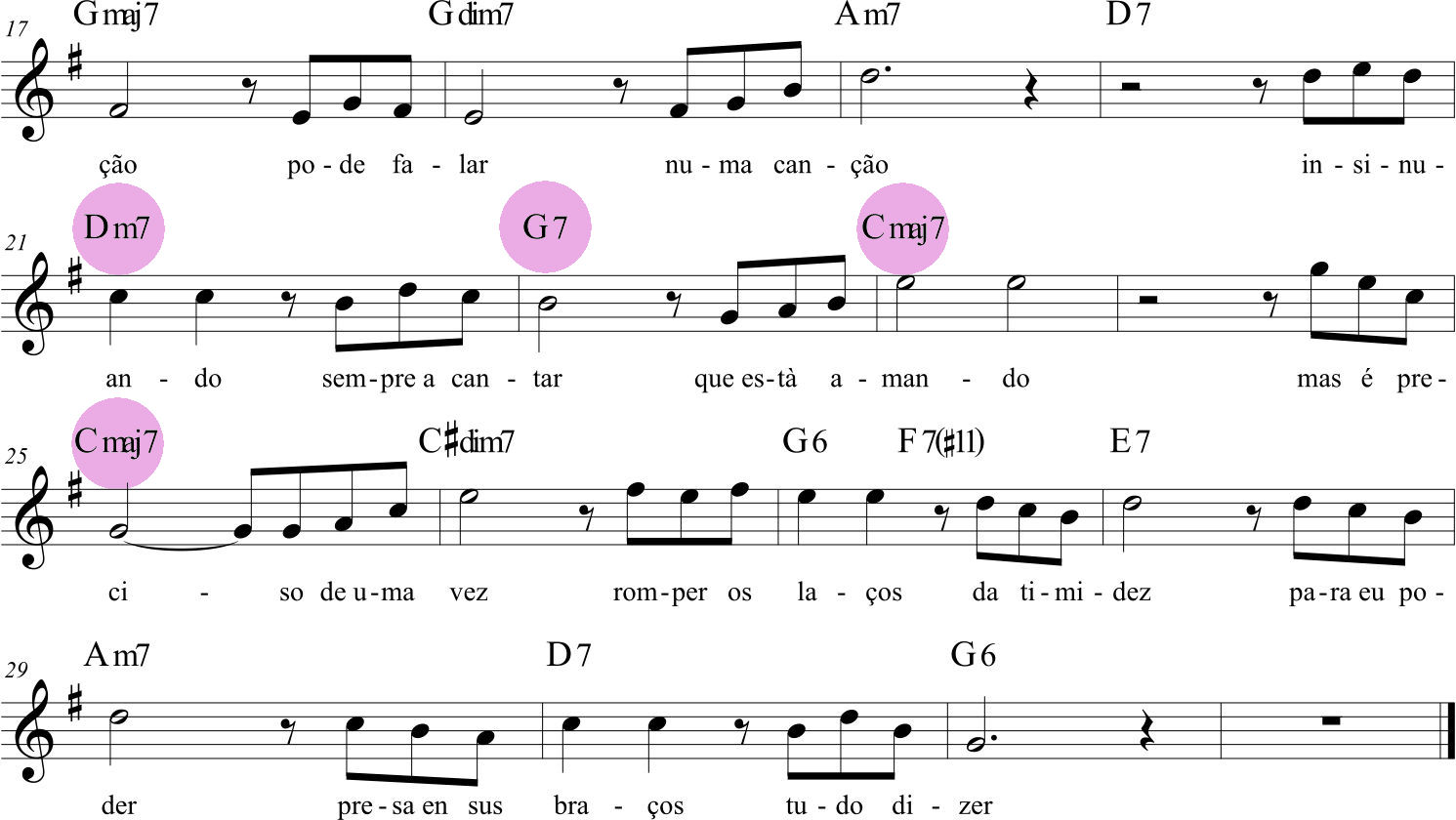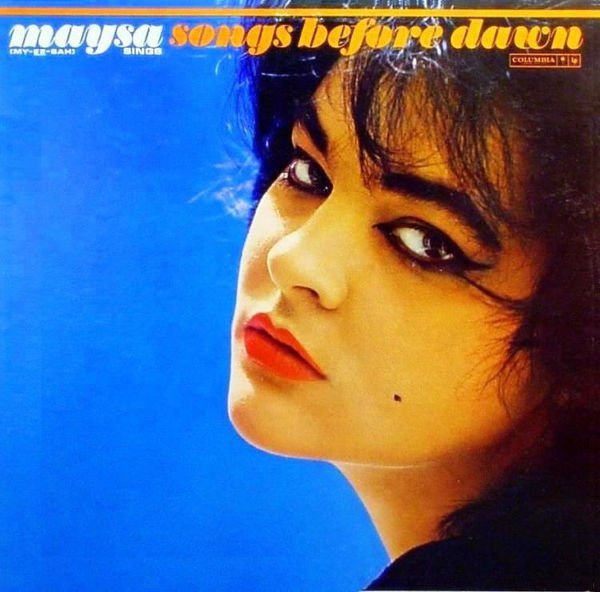[Monday Notes no. 109] In the 1950s, Brazilian music experienced a moment of creativity and ferment that led to the birth of bossanova, a delightful mix of Brazilian popular music and jazz. Maysa was one of the most important singers of that period, we listen to her interpretation of Segredo, a typical samba canção.
In samba canção, samba is mixed with the American song, in Brazil the great crooners like Frank Sinatra were in fact very popular, to the point of having entire fan clubs dedicated to them.
Segredo‘s arrangement resembles Sinatra’s albums for Capitol Records, in which the string orchestra is merged with the typical accompanying group of piano, guitar, double bass and drums.
While the arrangements of the samba-canção imitate American music, from a rhythmic point of view these songs are based on a pattern typical of Brazilian popular music, specifically on the pattern formed by an eighth note rest + three eighths, like this.

Segredo is a piece by Portuguese composer Fernando César and is a perfect example of samba-canção, as the melody itself is built on such a rhythmic pattern. In fact, the melody begins with three eighth notes, and the rhythmic cell repeats every two measures.

In this piece, one can also hear the influence of the bolero, which is rather similar to the samba-canção. Exactly as in many boleros, the harmony is very simple and is based around the first degree (G), with a brief modulation to the fourth degree (C) in the final part.

While very pleasant, samba cançao is often a predictable and stereotypical musical form. However, these experiments in the fusion of American song and samba have contributed to the evolution of Brazilian popular music towards bossa nova, a much more innovative musical genre both harmonically and rhythmically.

Maysa was a woman with a strong personality. Married to a wealthy aristocrat, she did not hesitate to break off the marriage when his family opposed her artistic career. The episode caused a scandal and earned her the label of femme fatale.
The lyrics of this song also confirm this view, as the protagonist is ready to ‘break the bonds of shyness’ to throw herself into the arms of her beloved.
Maysa also sang some songs in Italian, for the soundtrack of the film Ad Ogni Costo (1967), composed by Ennio Morricone. Another proof of the fruitful relationship between Brazilian and Italian music.
Until next Monday
Download the lead sheet of Segredo


